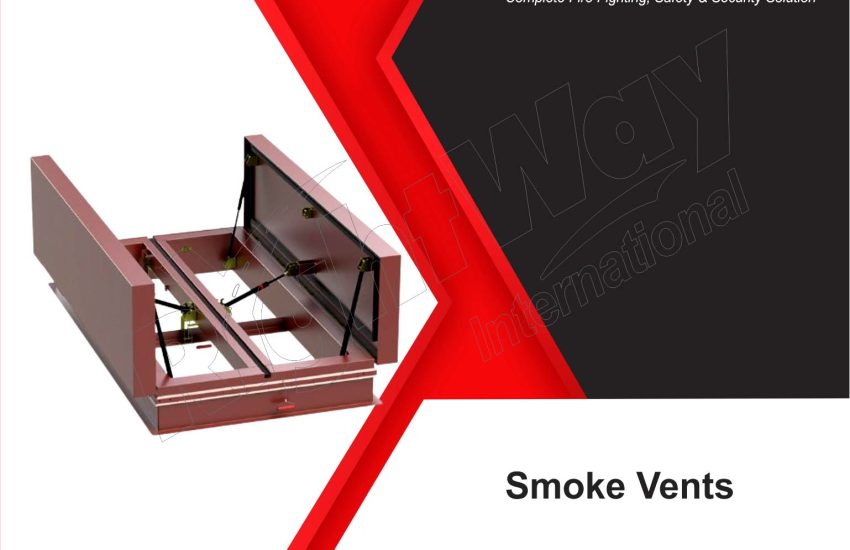Smoke Vents in Pakistan When it comes to fire safety, smoke vents play a crucial role in ensuring the safety of occupants and minimizing property damage. This article will delve into the importance of smoke vents, their types, installation considerations, and maintenance tips while incorporating relevant keywords for optimal SEO performance.
What Are Smoke Vents?
Smoke Vents in Pakistan also known as smoke and heat vents, are designed to release smoke and hot gases from a building during a fire. By facilitating the removal of smoke, these vents help maintain visibility and improve the safety of escape routes for occupants. Effective smoke ventilation is critical in both residential and commercial buildings.
Importance of Smoke Vent:
- Improved Visibility: Smoke vents help clear smoke from hallways and stairwells, allowing for safer evacuation.
- Reduced Heat Build-Up: By venting hot gases, smoke vents prevent heat from accumulating, reducing the risk of flash-over and structural damage.
- Protection of Property: Effective smoke management can minimize damage to a building’s interior and contents during a fire.
Types of Smoke Vent:
1. Natural Smoke Vents
Natural smoke vents operate using thermal buoyancy, allowing smoke to rise and escape through open vents. Buildings with pitched roofs typically use smoke vents, which can be operated manually or automatically.
2. Mechanical Smoke Vents
Mechanical smoke vents use fans to actively draw smoke out of a building. These systems are often found in larger commercial properties and can be integrated with fire alarm systems for automatic activation.
3. Roof-Integrated Smoke Vents
Builders integrate these vents directly into the roof structure to allow for efficient smoke evacuation. Designers create them to blend seamlessly with the building’s architecture while providing essential fire safety functionality.
Installation Considerations for Smoke Vents
- Building Codes and Regulations: Always consult local building codes to ensure compliance with fire safety regulations when installing smoke vents.
- Location: Strategically place smoke vents in areas most likely to accumulate smoke, such as hallways and stairwells.
- Sizing: Ensure that smoke vents are appropriately sized for the building’s volume to maximize their effectiveness.
Maintenance of Smoke Vents
Regular maintenance is crucial to ensure smoke vents function properly when needed. Here are some tips:
- Routine Inspections: Schedule regular inspections to check for any obstructions or damage.
- Testing Mechanisms: For mechanical smoke vents, regularly test the fan and control systems to ensure they operate correctly.
- Cleaning: Keep smoke vents clean from debris to ensure unobstructed airflow.
Conclusion
Incorporating smoke vents into your building’s fire safety plan is essential for protecting lives and property. Understanding the types of smoke vents, their installation requirements, and maintenance practices can significantly enhance the safety of any structure.


